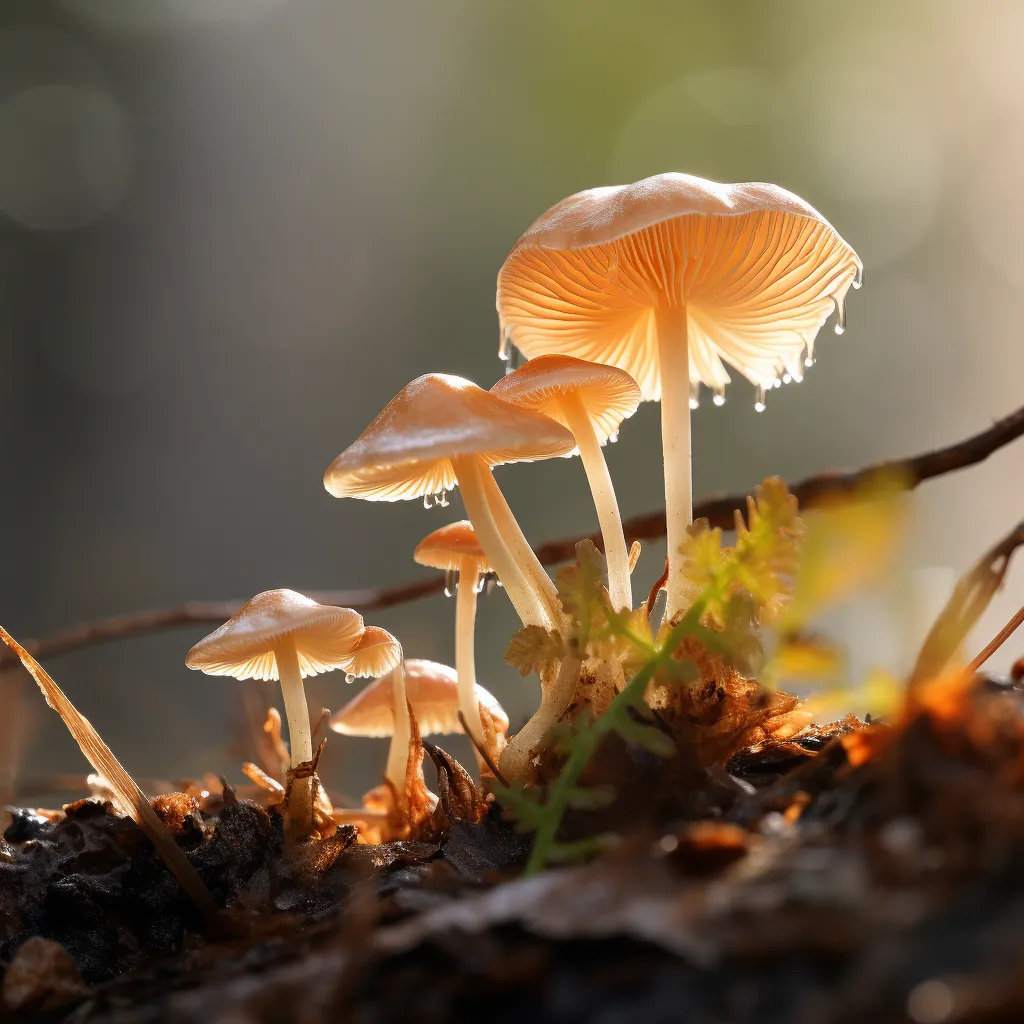Story of Day :
Contents
Habranthus tubispathus (Barbados Snowdrop) Plant Care Tips
Welcome to the quirky and colorful world of gardening! Today, we’re going to dive into the fascinating realm of Habranthus tubispathus, more commonly known as the Barbados snowdrop.
This little beauty is sure to add a touch of elegance and charm to your garden with its delicate flowers and unique foliage.
So let’s not waste any time and jump right into some useful care tips for this delightful plant!
Choosing the Right Location
When it comes to selecting a spot for your Barbados snowdrop, keep in mind that it thrives in full sun or partial shade.
Ideally, you want an area that receives at least six hours of sunlight each day.
However, if you live in a particularly hot climate, providing some afternoon shade can help prevent scorching.

Well-Drained Soil is Key
This plant prefers well-drained soil that doesn’t hold excess moisture.
If your garden tends to get waterlogged or has heavy clay soil, consider amending it with organic matter like compost or peat moss to improve drainage.
Watering Habits
The Barbados snowdrop doesn’t like wet feet but also doesn’t appreciate being completely dry either.
Aim for keeping the soil consistently moist but not soggy during its active growing season.
Once established, this hardy plant can tolerate short periods of drought.
Avoid overwatering as it can lead to root rot and other fungal issues.

Fertilizing for Optimal Growth
A well-fed snowdrop is a happy snowdrop! Feed your Habranthus tubispathus plant with a balanced, slow-release fertilizer in early spring when new growth starts to appear.
You can also apply a liquid fertilizer every two weeks during the growing season to promote lush foliage and abundant blooms.
Managing Pests and Diseases
Fortunately, Barbados snowdrops are relatively resistant to pests and diseases.
However, keep an eye out for common garden pests like aphids or slugs, which may occasionally nibble on their leaves or flowers.
Use organic pest control methods such as neem oil or beer traps to deal with these unwelcome visitors.

Dividing the Bulbs
Habranthus tubispathus bulbs tend to multiply rapidly over time, forming clumps that can become overcrowded.
To ensure the continued health and vigor of your plants, divide them every 3-4 years during their dormant period (usually in late summer or early autumn).
Gently dig up the clump and separate individual bulbs, making sure each division has some roots attached.
Replant them at appropriate intervals based on their size.
Winter Care Tips
In colder regions where temperatures drop below freezing during winter months, it’s important to protect your delicate Barbados snowdrops from frost damage.
Apply a thick layer of mulch around the base of the plants before winter sets in to shield them from extreme cold temperatures.

In Summary
Habranthus tubispathus (Barbados Snowdrop) is an enchanting addition to any garden! By providing adequate sunlight, well-drained soil, and proper watering, you can ensure the health and happiness of your plants.
Remember to fertilize regularly, keep an eye out for pests, and divide the bulbs when necessary.
With a little care and attention, these delicate flowers will continue to grace your garden year after year.